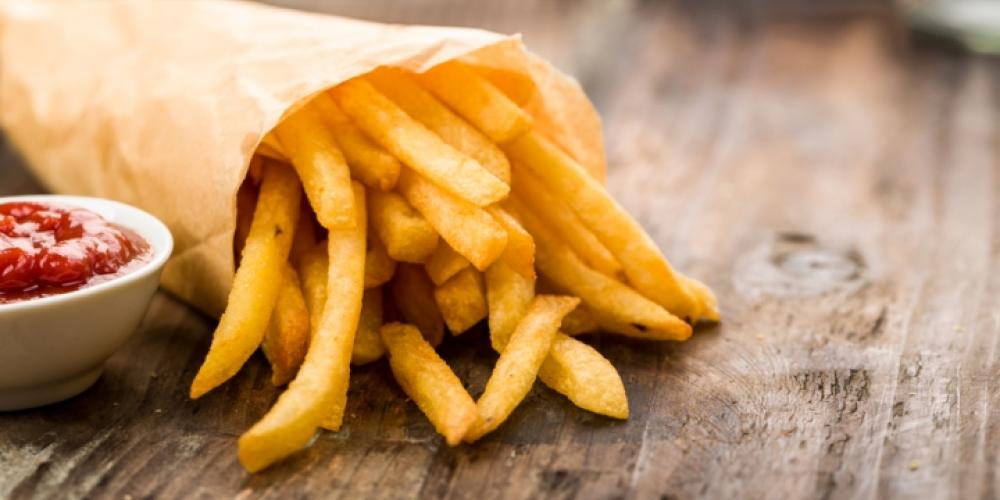
It is important to be aware that at temperatures exceeding 120°C, acrylamide is formed during a chemical reaction occurring within starch-rich food products. It is the same reaction that is responsible for the browning, flavour and aroma of the products. But what measures can we take to reduce the risk of acrylamide in our food?
Detection method
However, not all potatoes result in excessive acrylamide formation during frying. The formed acrylamide content depends on the starch, water and reducing sugars concentration within the raw potatoes. Doctor Lien Smeesters from research group VUB B-PHOT, the Brussels Photonics Team, developed an accurate optical detection technique which is able to predict the acrylamide formation during frying of potatoes.
The use of laser beams and accurate detectors can help to select raw potatoes that hold higher risk for carcinogenic French fries. Lien explains: "After illumination of the potatoes by laser beams, the suited potatoes will emit a different light signal than the unsuited ones. The technology to measure and characterise these small differences in light behaviour via an in-line scanning configuration is ready to be implemented with an industrial partner. This allows the company to screen a few tons of potatoes per hour."
Tips & tricks
Potatoes that are only suitable for low temperature processing can still be used for other preparations such as soup or mashed potatoes. Using photonics in innovative implementations can reduce the presence of acrylamide in the food chain, protect personal health and can also limit food waste.
B-PHOT researchers are happy to share a few guidelines we can all use at home to reduce the risk of acrylamide and enjoy those crispy French fries from time to time:
- do not store potatoes in a fridge, or in a cold room below 6°C;
- avoid thin-cut fries;
- avoid dark-coloured French fries.